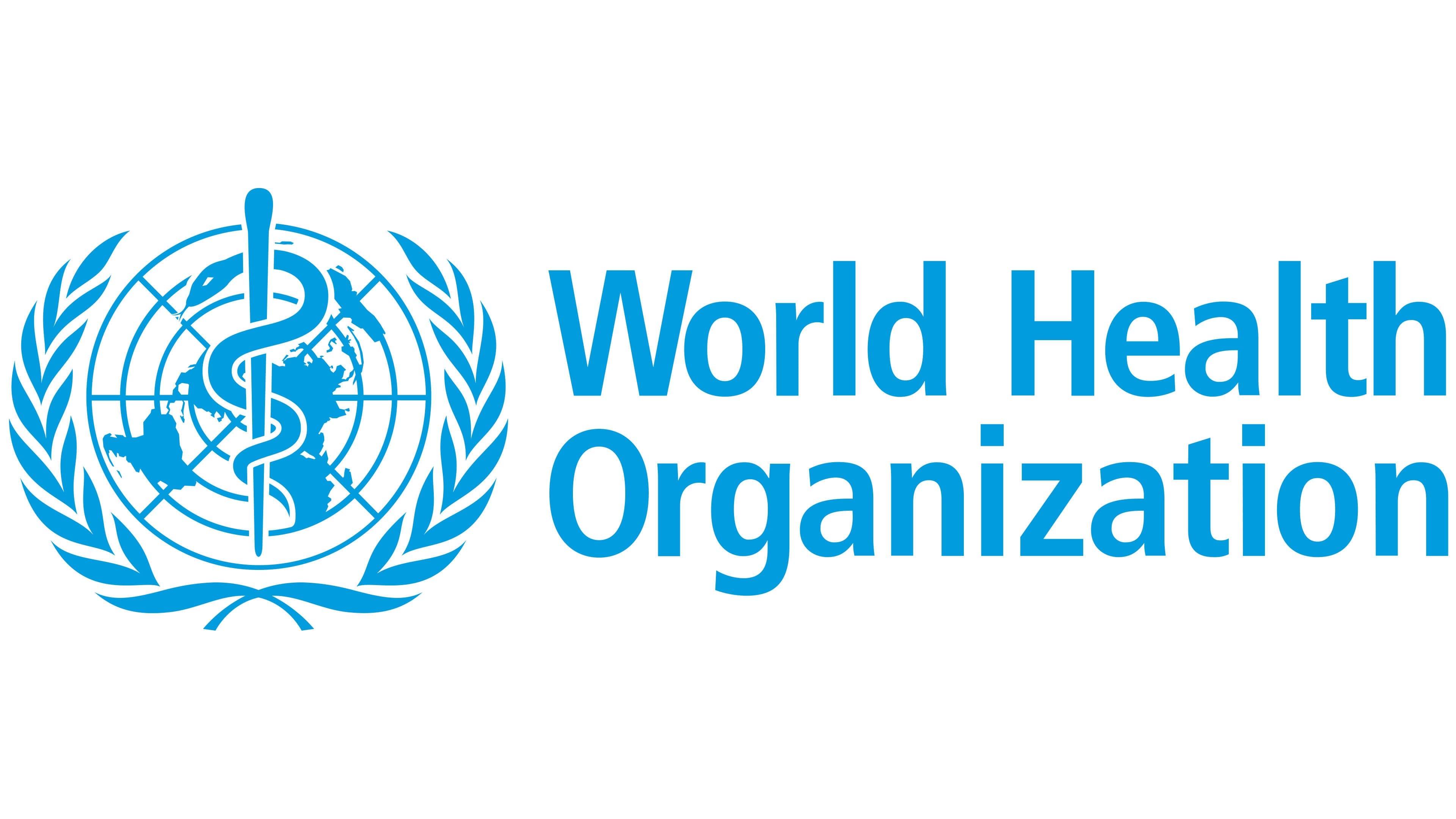New Zealand's reform of the health system has unveiled a system to ensure the delivery of more equitable healthcare for all New Zealanders.
Country's 20 district health boards will be disestablished and replaced with a new national system with a greater focus on primary healthcare, bring an end to the postcode lottery system of health services, and cutting bureaucracy so healthcare workers can focus on patients.
Health Minister Andrew Little launched the Health System Indicators framework that complements the reforms. This framework will help the sector focus on the areas that most need to improve – especially for Māori and Pacific zones in New Zealand.
“The indicators are a new way of thinking. They are not about incentivizing with funding or pointing the finger if targets are not met. They are a measure of how well our health system is functioning across the country, and an opportunity to then create local solutions to address local health needs” Andrew Little explained.
The indicators are based on the Government’s six priorities for health;
- Improving child wellbeing
- improving mental wellbeing
- Improving wellbeing through preventative measures
- Creating a strong and equitable public health system
- Better primary healthcare
- The financially sustainable health system
Twelve indicators have been developed and progress in meeting them will be publicly reported on every three months. When the indicators show there is a problem, health services will work with local communities to come up with effective ways to fix it. The indicators replace the outdated and ineffective National Health Targets regime.













